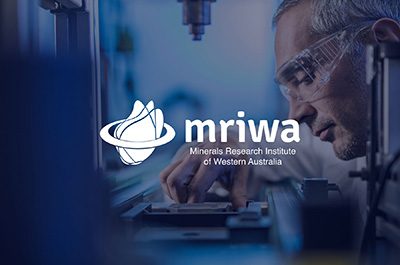Impact of slurry shearing and gibbsite precipitation on hydrate strength
Project Overview
Project Number
Total Grant Value
Program Area
MRIWA Contribution
Project Theme
Project Period
The Challenge
Optimal production of Alumina relies on a complex balance of system parameters within the processing circuit.
The aim is to achieve a high yield precipitate of alumina that is coarse, easy to filter and is strong enough to withstand the extreme conditions in later parts of the refining process without breaking down.
Key Findings
Industry standard precipitation circuits produce alumina precipitates with a wide range of particle sizes.
Slurry shearing experiments showed that the morphology of alumina hydrate particles present, rather than slurry type, was the dominant control on the total number of alumina particles produced.
Precipitation-modified hydrates display greater shear strength than the original refinery hydrate.
This improved strength is attributed to the hydrate’s internal structure as well as the additional crystal growth during precipitation.
Benefits to WA
Optimising the alumina precipitation process would result in increased efficiency and profitability in alumina production, delivering higher royalties to Western Australia.
In addition, increasing the robustness of material produced in alumina precipitation circuits will reduce the production of fine particles in the subsequent calcination process, lowering particulate emissions and consequent environmental impacts from alumina production in the state.
Keywords: Bayer precipitation, alumina quality, gibbsite, hydrate, slurry shearing, centrifugal pump, Taylor-Couette device, particle attrition, particle strength, particle size distribution
Similar Projects
Page was last reviewed 17 June 2021

